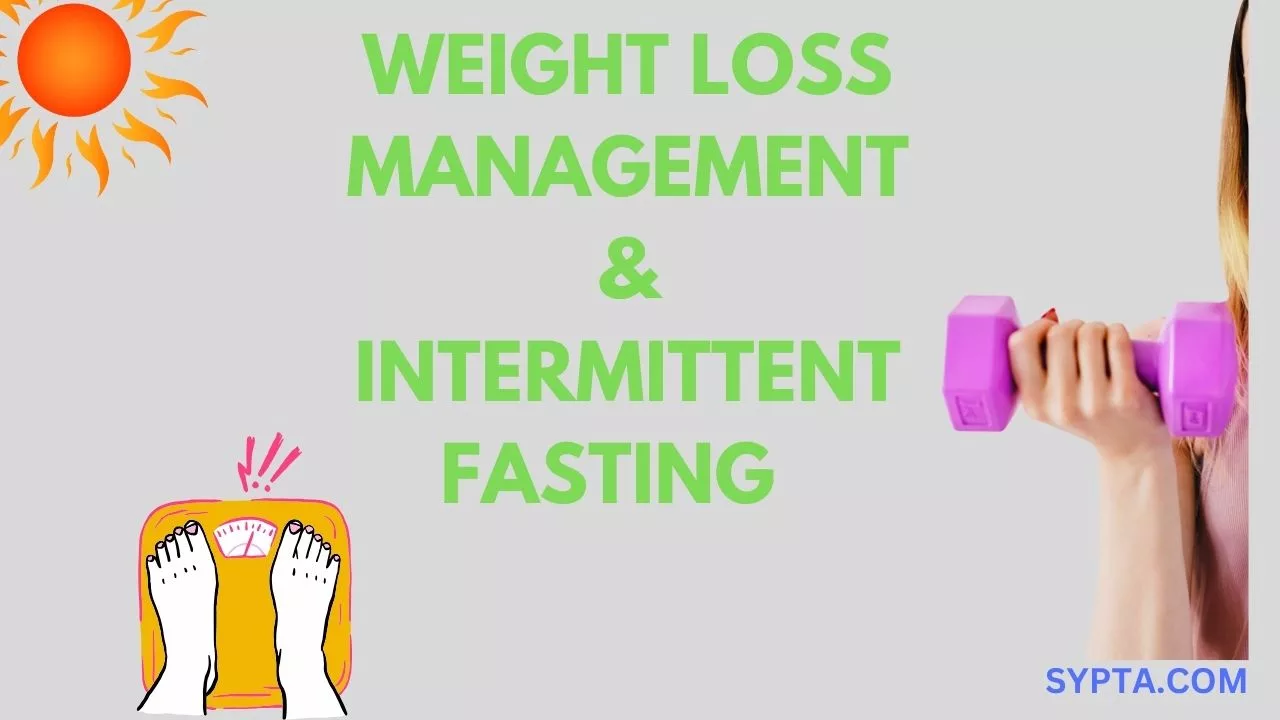What is Intermittent fasting?
Intermittent fasting is a new trend, where an eating pattern needs to manage between fasting and eating. Intermittent fasting has several different approaches.
Why need to do Intermittent fasting?
Nowadays people practice intermittent fasting for various reasons, including:
- Weight loss management: Intermittent fasting is an effective tool for weight management. Restricting the eating window can help reduce calorie intake and create a calorie deficit, leading to weight loss.
- Improved insulin sensitivity: Intermittent fasting improve insulin sensitivity, which is beneficial for people with insulin resistance or type 2 diabetes. It may regulate blood sugar levels & reduce the risk of developing chronic diseases.
- Simplified meal planning: With intermittent fasting, there is a restricted eating window, which means fewer meals to plan and prepare. This plan is convenient for some individuals who prefer simple eating habits.
- Convenience: Intermittent fasting eliminates the need for frequent snacking or breakfast, which can be time-consuming. It allows people to focus on other activities without needing to eat.
- Potential health benefits: Some studies suggest that intermittent fasting may have additional health benefits, such as reducing inflammation, improving brain function, and increasing longevity. but still long research articles are waiting to prove its potential benefits fully.
Different approaches to Intermittent fasting
Intermittent fasting has several different approaches, so need to choose the one that suits the best.
Here is a sample intermittent fasting probable diet plan.
1. Intermittent fasting 16/8 Method:
-
- 16 hours fasting and have an eating window only for 8 hours.
-
- Start fast after dinner and skip breakfast.
-
- For Example: One can have Fasting from 8 PM to 12 PM the next day Noon, and an eating window between 12 PM and 8 PM.
2. Intermittent fasting 18/6 Method:
-
- Fast for 18 hours and have an eating window of 6 hours.
-
- For Example: Fast from 6 PM to noon the next day, and eat window between 12 PM and 6 PM.
3. Intermittent fasting 20/4 Method:
-
- Fast for 20 hours and have an eating window of 4 hours.
-
- Example schedule: Fast from 4 PM to noon the next day, and eat window between 12 PM and 4 PM.
INTERMITTENT FASTING DIET PLAN
During the fasting period:
- Drink plenty of water, herbal tea, or black coffee to stay hydrated and curb hunger.
- Avoid consuming any calories or significant amounts of sugar.
During the eating window:
- Focus on whole, unprocessed foods for optimal nutrition.
- Include a balance of macronutrients such as proteins, healthy fats, and carbohydrates.
- Aim for a calorie deficit if weight loss is the goal.
- Consume plenty of vegetables, fruits, lean proteins (such as chicken, fish, lentils, and legumes), whole grains, and superfoods (like avocados, nuts, and seeds).
- Limit processed foods, sugary drinks, and snacks.
NB: Intermittent fasting may not suit everyone, especially those with certain medical conditions, pregnant, breastfeeding, or underweight. Consulting with a good healthcare professional or registered dietitian before starting any new diet or fasting regimen.
#intermittentfasting16/8, #intermittentfastingwomen, #intermittentfastinghours, #intermittentfastingdietplan
# intermittentfasting
To buy related products on Amazone click below:
Permalink: https://sypta.com/superfoods/

